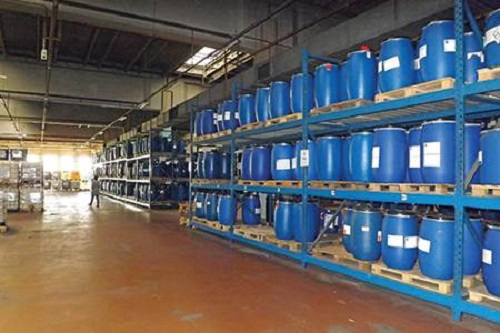18 November 2021
Executive summary
Every manufacturing industry uses chemicals, and these products are part of everyday life. Leather manufacture also uses chemicals to meet the wide range of requirements of today’s consumer, writes Leatherbiz.

However, false claims are often made regarding both the use of chemicals in making leather and their discharge into the wider environment. Among the chemicals wrongly stated as being used are mercury, selenium and arsenic.
Quaker Silver
Approximately 80-85% of the leather manufactured today is based on chromium salts. Chromium III is used for this purpose and is considered non-hazardous to health: there are no regulations for its use in leather or leathergoods, and it is not considered hazardous in the wider environment.
It is possible for some chromium VI to be formed by bad practice in leather manufacture, but this can readily be avoided in chemical processing. This product is a known carcinogen and no leather article that is likely to have contact with people’s skin can contain 3 milligrammes per kilo or more of chrome VI. This limit is subject to debate and could be lowered further.
Any chemical can cause harm if not used under the correct conditions. For this reason extensive regulations have been created for the use of chemicals within Europe. This has led to a ban on many chemicals that were previously widely used in global manufacturing. All of these restrictions apply to the manufacture of leather and their presence in leathergoods in Europe and similar legislation is coming in elsewhere in the world.
It is also the case that major users of leather such as footwear and accessory brands and automotive manufacturers not only comply with these restrictions, but can impose even more stringent requirements on their suppliers. This raises the bar for all suppliers. Demands are becoming increasingly stringent as brands and their suppliers strive to supply safe products for consumers.
About this essay
Dr Kerry Senior is the director of Leather UK. He is a specialist in environmental and raw materials issues and spent nine years earlier in his career working for BLC Leather Technology Centre. After that, he carried out project work on environmental, raw materials and health and safety matters, before taking up his current post in April 2013. He is also secretary to the International Council of Tanners.
Read the full story on the Nothing-to-Hide website
We bring leather, material and fashion businesses together: an opportunity to meet and greet face to face. We bring them from all parts of the world so that they can find fresh partners, discover new customers or suppliers and keep ahead of industry developments.
We organise a number of trade exhibitions which focus on fashion and lifestyle: sectors that are constantly in flux, so visitors and exhibitors alike need to be constantly aware both of the changes around them and those forecast for coming seasons.